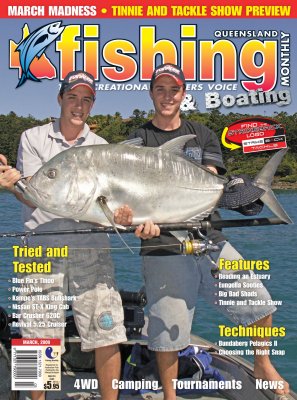Estuary Reading by Mark Ward
 Growing up fishing along the surf beach, I soon learnt to read the water and pick what structure will attract fish and where fishing would be a waste of time. Reading an estuary is not so simple. This is mainly due to the sheer size of most estuaries, however, they do have a lot of consistencies that can make them easy to read and can open a lot of fishing options.
Growing up fishing along the surf beach, I soon learnt to read the water and pick what structure will attract fish and where fishing would be a waste of time. Reading an estuary is not so simple. This is mainly due to the sheer size of most estuaries, however, they do have a lot of consistencies that can make them easy to read and can open a lot of fishing options.
I have recently moved from the Gold Coast where I have fished all my life and arrived at the mouth of three large river systems. At first it all looked rather daunting but I was soon to work out that looking for the similarities instead of the differences made locating fish a whole lot easier.
Having a glance at estuary in the dictionary and the meaning listed was "where the river meets the sea". This meaning falls a little short because we anglers refer to all tidal reaches of a closed section of water as the estuary. This is often a river or creek but can also include inlets, broadwaters and basins.
Some estuaries are small rivers or creeks that run tidal through their entire length or they can be big systems feed by a number or rivers, creeks and inlets that also run tidal for the entire system. Bigger rivers and creeks usually have brackish water with reduced tidal flow towards to upper reaches that marks the boundary of what we refer to when talking about an estuary. In fact, most magazines that mention estuary fishing are referring to the lower reaches of the rivers, well before the water starts to turn brackish.
Up in the far north, we also see rivers that drain the wet season run-off and can run freshwater all the way to the mouth for most, if not all, of the year. These rivers are still slightly affected by tides, even if it is to slow their outgoing flow and, for all purposes, they appear and fish very similarly.